
Does anyone know anything about Indian Laburnum? To what extent are you familiar with the medicinal benefits of Indian Laburnum?
Flowering plants in the Fabaceae family include the Indian laburnum, also known scientifically as Cassia fistula. The natural habitats of the Indian Laburnum are located on the subcontinent of India and the neighboring parts of Southeast Asia.
Ten to twelve meters is considered to be the typical height of an Indian Laburnum. The large, bright yellow flower clusters are borne in close proximity to one another, and the leaves are compound in a unipinnate manner and are composed of large leaflets. The fruit has the form of a pod and ranges in length from one to one and a half feet.
What medicinal benefits of Indian Laburnum are most popular?
- Both paralysis and rheumatism are treatable conditions, and there are therapies available for each.
- Eczema, ringworm, and acne are just some of the skin conditions that can be helped by this treatment.
- When taken for the purpose of purgation, it is useful in removing toxins from the body.
How to use Indian Laburnum as alternative medicine?
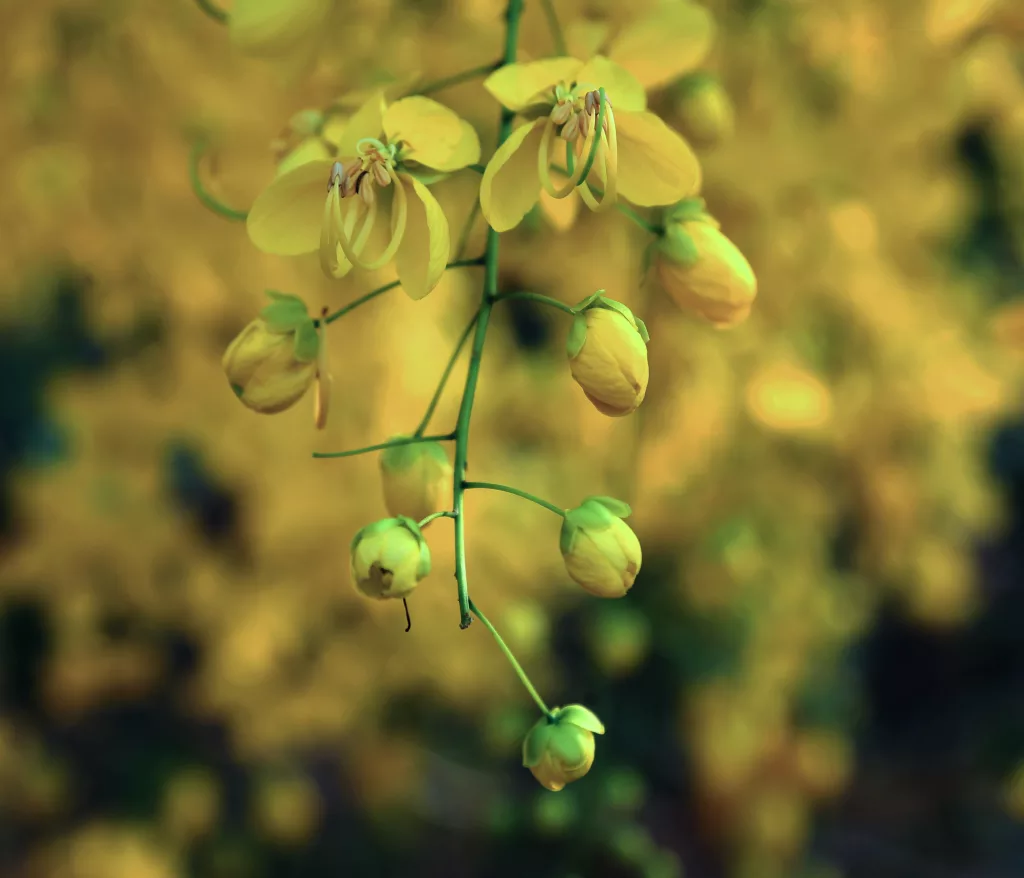
- Laxative (Mulayyan-e sadr) and used topically as an emollient, the leaves of the amaltas plant are also used to make a poultice that may be applied to bug bites, edema, rheumatism, and facial paralysis. Laxative and anti-periodic effects have been attributed to leaf consumption. They are most commonly applied topically to treat skin eruptions, ring worms, and eczema, in addition to jaundice, piles, and ulcers caused by rheumatism.
- Tonic, febrifuge, astringent, and very purgative are all properties possessed by the amaltas root. They are typically prescribed for conditions including chest pain, headaches, joint pain, and blood dysentery. The amaltas root can also be beneficial for treating fever, heart disorders, biliousness, and retained excretions. Also, it is utilized in the treatment of cardiac disorders, biliousness, rheumatic conditions, haemorrhages, ulcers, boils, and wounds, in addition to a variety of skin ailments. The root extract was able to reduce the amount of sugar in the blood by up to thirty percent. Honey and ashes from burned pods are combined with a small amount of salt and then administered three to four times in order to alleviate coughing.
- Purgative, febrifugal, biliousness, and astringent properties can be found in the flowers and pods of the amaltas plant. In female albino rats, an extract of pods made with 50% ethanol demonstrated an action that inhibited fertility. The swollen areas on the neck that are caused by the cold are treated with heated pods. In certain liver conditions, pulp is prescribed as a treatment.
- Amaltas seeds are emetic, constipating, and cathartic. The Indian Laburnum seeds are mildly sweet, laxative, carminative, cooling, appetite-enhancing, and antipyretic. The seeds treat jaundice, biliousness, skin illness, and swelling throat. Dried seeds are hypoglycaemic. Amaltas seed powder for amoebiasis. Colic, constipation, and urinary problems are treated with fruit pulp.
- The Indian Laburnum bark powder or decoction treats leprosy, jaundice, syphilis, and heart illness and has tonic and antidysentric qualities. The root bark aqueous extract has anti-inflammatory properties. Some people utilize the stem bark to treat amenorrhea, chest pain, and swellings. There is a specialized sign for it in Ring Worm.
Disclaimer: This is for informational purposes only.
Did you find this helpful? Let us know in the comments.
You can also visit our Facebook and YouTube pages to know more about plants and their health benefits.
You might also like:
- Cure Asthma Now And The 10 Fascinating Medicinal Uses Of Cluster Fig
- Most Important Medicinal Benefits Of Rubber Tree That You Need To Know About
- 11 Health Benefits Of Fennel And Its Great Use For Abdominal Pain
- #1 Powerful Anti-Inflammatory Food For Rheumatism
- It’s All About The Remarkable Medicinal Uses Of Glory Lily

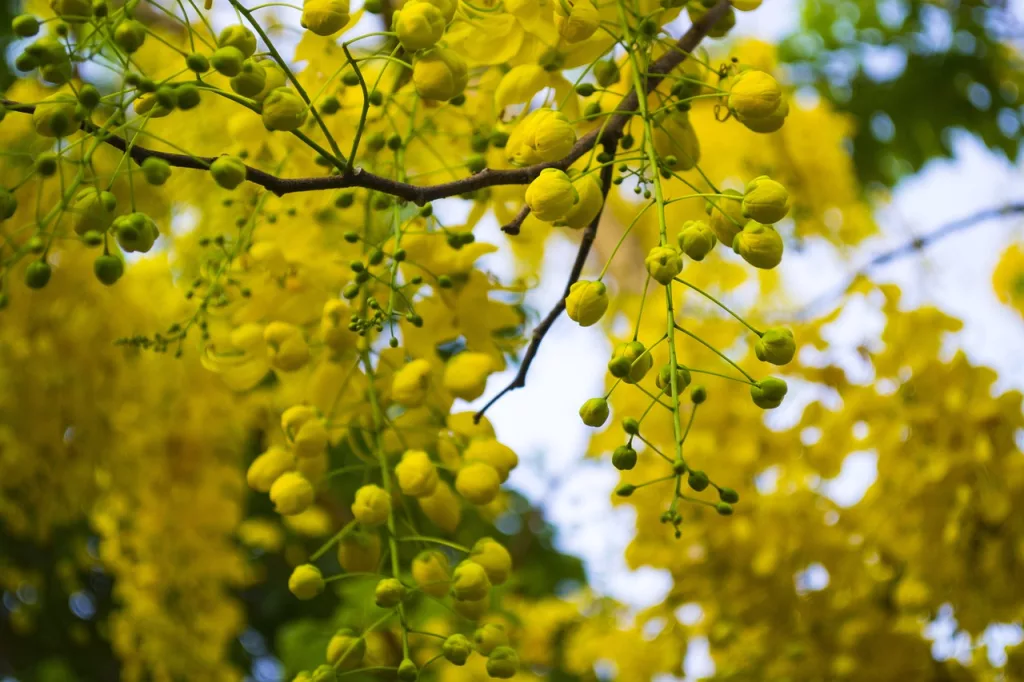


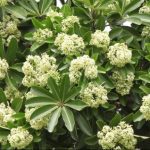
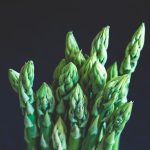

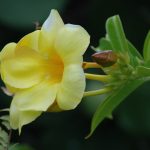
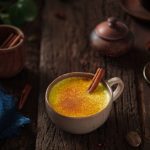
1 thought on “Top 3 Most Popular Medicinal Benefits of Indian Laburnum”